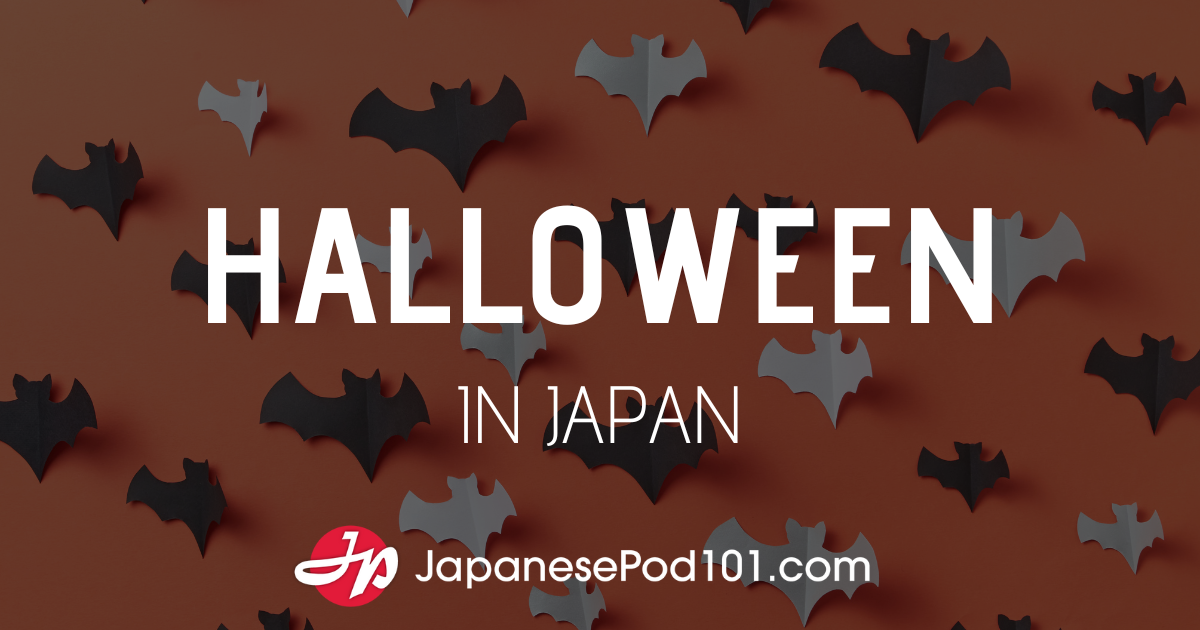| Quick Links Welcome to Kanji Curiosity | The Basics | Glossary |
In the last blog, we saw this word:
身長順 (shinchōjun: in order of height) body + length + order
I love all the sharp geometry in these kanji—the way a few diagonals offset the neat horizontals and verticals. But aside from that, here’s what jumped out at me when I found this word in the dictionary:
順 (JUN: sequence, compliance)
I’d never seen this kanji before. And I was intrigued that river (川) + head (頁) could mean “order.” There’s order at the head of the river?
If you want to put things in order, then 順 is your kanji. This character isn’t sexy or mysterious. Rather, it’s as practical and sensible as a pair of oxford shoes. But if you’re the sort of person who gets excited at the Container Store (as I am, I must admit!) or whose idea of a good vacation is to reorganize closets and drawers (me again), then you’re going to love this kanji.
OK, I heard some of you walk out and slam the door behind you! But I don’t think I’m overselling when I say that 順 can help you make sense of things. Look over the following terms, and see if you aren’t thinking more clearly at the end:
筆順 (hitsujun: stroke order) brush + order
Another way to write “stroke order” is 書き順 (kakijun: to write + order). Now we can talk with native speakers about stroke order. That’s so important! I may be able to discuss a variety of subjects in Japanese, but when I want to talk to native speakers about radicals, components, stroke order, and such, I often don’t know the vocabulary. How frustrating that is! By the way, as long as we’re on the topic, the way to refer to actual kanji strokes is 画 (KAKU). Check out the sample sentence with 画.
Sample Sentence About Strokes …
大きい順 (ōkiijun: decreasing order, largest first) big + order

When it comes to books, I like them running big to small. I spend a whole lot more time looking at them (as an art object) than actually scanning the titles and needing to find one in a split second. So after I group them by subject, the next order of business is to create a downward slope.
小さい順 (chiisaijun: increasing order, smallest first)
small + order
The Order of Life
Photo Credit: Mario Penushliev.The tiny writing in the upper-left corner says “The order of life—memento mori,” by Mario Penushliev. This mori refers not to 森 (mori: forest) but rather to death. Wikipedia has a good explanation of this Latin phrase.
逆順 (gyakujun: in reverse order) reverse + orderWe’ve seen 逆 before.
ABC順 (ēbīshī jun: alphabetical order)
This is also called アルファベット順 (arufabetto jun).
五十音順 (gojūonjun: alphabetized according to the syllabary)
5 x 10 + sound + orderIf you’re wondering about the 50 (given that there are just 46 kana in the hiragana syllabary), one website says, “The number of basic Kana has fluctuated over the years between 50 and 46.” Alphabetizing in accordance with the syllabary is also known as あいうえお順 (aiueo jun).

Photo Credit: Yolise.
Another way of organizing: by color!
The next three ways of ordering things involve timing:
年代順 (nendaijun: chronological order)
age, era + age, era + orderThis brings to mind the way the John Cusack character in High Fidelity organizes his LPs autobiographically.
年齢順に (nenreijun ni: in order of age)
years, one’s age + age + order先着順 (senchakujun: by order of arrival, on a first-come-first-served basis) ahead of + to arrive + order
It makes sense for everyone to take turns and go in order. The next few terms will help make this happen.
順々 (junjun: in order, by turns) order + order
順番 (junban: order, one’s turn, order of things; sequential order) order + ranking
順繰り (junguri: in turn; order) order + to turn
順次 (junji: in order, successively, gradually) order + order
Ah, I didn’t realize that 次 (JI, tsugi), which often means “next,” could also mean “order, sequence, arrangement.” Makes sense, as a logical extension of “next.”
All of these seem close in meaning, and in fact they are! You’ll find that they’re largely interchangeable in the sample sentences at the next link.
Sample Sentences for Going in Order …
So how about it? Have your thoughts sorted themselves into working order? That is, are they in
順序 (junjo: order; sequence; procedure) order + order
Or is that too much to expect from a vocabulary list? Perhaps it was a tall order. Well, if so, I’d like to cheer you up, so a Verbal Logic Quiz is in order. I’ll order one up for you promptly. And … lo and behold, here it is, made to order! (Yikes, my brain is out of order! Call an orderly for me right away!)










